Jade (Gemstone) is one of the most revered gems in history, known for its rich cultural significance and wide range of colors and types. It is a symbol of purity, tranquility and wisdom, often used in ancient objects and modern jewelry. In this blog, we will explain the different types of jade, their origins, their colors and the reasons for their value.
Table: Types of Jade gemstone from A to Z
| Type | Origin | Colors |
| Nephrite Jade | China, New Zealand | Green, White, Yellow |
| Burmese Jadeite | Myanmar (Burma) | Emerald Green, Lavender |
| Siberian Jade | Russia | Light Green, Yellow-Green |
| Guatemalan Jade | Guatemala | Dark Green, Black |
| Korean Jade | Korea | Soft Green, Yellowish |
| Wyoming Jade | USA (Wyoming) | Olive Green, Brownish |
Description, History, and Origins
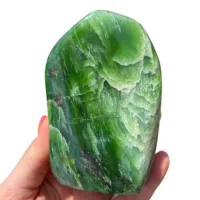
Nephrite Jade
Nephrite is a calcium and magnesium silicate mineral most common in New Zealand and China. Jade figured importantly in ancient Chinese culture, and is still of spiritual importance today. Nephrite jade, termed pounamu by the Maori of New Zealand, is revered there for that purpose and it is often shaped into meaningful cultural symbols. Their colors range from light green to dark green, to white and yellow color.
Burmese Jadeite
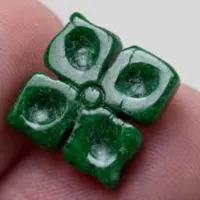
Among this prized type of jade is Burmese jadeite, also known as ‘imperial jade,’ with a bright emerald green coloration being especially valued. Its history is traced back to the 13th century; it originates from Myanmar. This is the variety of jade most famous for its vibrant colors, like lavender, and excellent transparency. It is so rare and it has such historical association with royalty that make it so valuable.
Siberian Jade
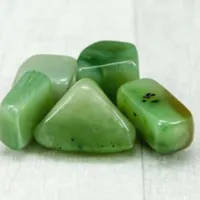
The pale green to yellow green Siberian jade is first discovered in Russia in the 18th century. For generations, Siberia’s jade mines, especially substance near remoted Baikal region, have been supplying all markets for premium-quality jade. Russian jade became well known in the period of the Russian tsars, who applied it to all sorts of objects for decoration.
Guatemalan Jade
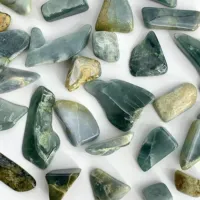
The jadeite of Guatemala is famous for the dark green and black varieties in production in the Motagua River Valley. Pre-Columbian times have seen this region as a major source of jade. Jade was much prized by the Mayan civilization, whose people used it for ceremonial and spiritual purposes. Guatemalan jade is today appreciated for its deep, rich colors and for historical significance.
Korean Jade
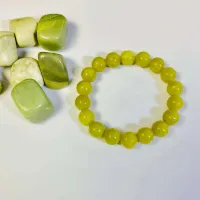
Korean jade, chiefly nephrite, is softer, lighter and can have colors from pale green to yellow. Korean jade, found in the Chuncheon region, is not as well known worldwide, but its subtle, delicate beauty is beginning to get its due.
Wyoming Jade
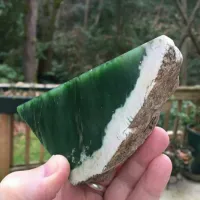
Wyoming is home to the United States’ largest known jade deposits, discovered during the 1930s. By and large, Wyoming jade is used mostly in jewelry and ornamental design because of its unique brown-green tints.
Reference: Gem Collector
The Value of Jade gemstone
The worth of Jade depends entirely on its type, color, transparency and size. Of all jadeite gems produced, the most valuable at the present time are those shown in picture Impeial Jade from Myanmar, especially in terms of vivid emerald green color and extraordinary clarity. More common, but equally highly prized is nephrite, particularly in Chinese and New Zealand pieces. In addition to being a prized gemstone, jade also stands for purity, peace and protection and is a heritage which will for sure last forever.
Why Jade is called by Different Names
- Imperial Jade: The name refers to jadeite of the highest quality, associated with royalty in Chinese history.
- Pounamu: Maori name for nephrite jade, symbolizing strength and beauty in New Zealand.
- Guatemalan Jade: Known for its dark color and use in ancient Mayan culture.
FAQs about Jade Gemstone
- What is the difference between jadeite and nephrite?
- Jadeite is rarer and more valuable than nephrite, with colors that range from emerald green to lavender. Nephrite, on the other hand, is more commonly found and has a softer, waxier appearance.
- Where is the best quality jade found?
- The best quality jadeite comes from Myanmar, while high-quality nephrite is often sourced from China and New Zealand.
- What is the most valuable color of jade?
- Emerald green, known as “Imperial Jade,” is the most valuable color.
- How do I care for jade jewelry?
- Jade should be cleaned with mild soap and water. Avoid exposure to harsh chemicals or extreme temperatures, as these can damage the stone.
- Can jade be used for engagement rings?
- Yes, jade is durable and can be used in engagement rings, though it is less common than traditional gemstones like diamonds.
Conclusion
Jade is much more than just a gem. Its cultural significance, historical roots and stunning beauty make it one of the most precious stones in the world. Whether you’re drawn to its deep green hues or its rich history, jade continues to hold a special place in jewelry and the decorative arts.
References:
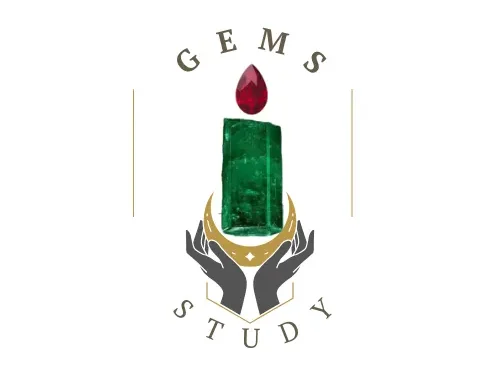

2 comments
Your article helped me a lot, is there any more related content? Thanks!
I’m so glad the article was helpful to you—thank you for the kind words! 😊 If you’re interested in more, we have lots of related content on gemstones, crystals, and their meanings over on gemsstudy.com. Feel free to explore or let me know if there’s a specific topic you’d like to see more of. I’m always happy to help!